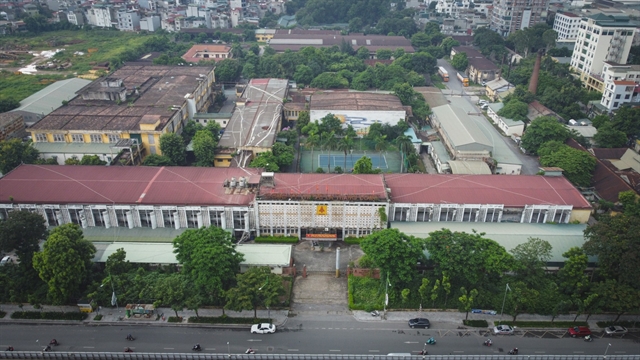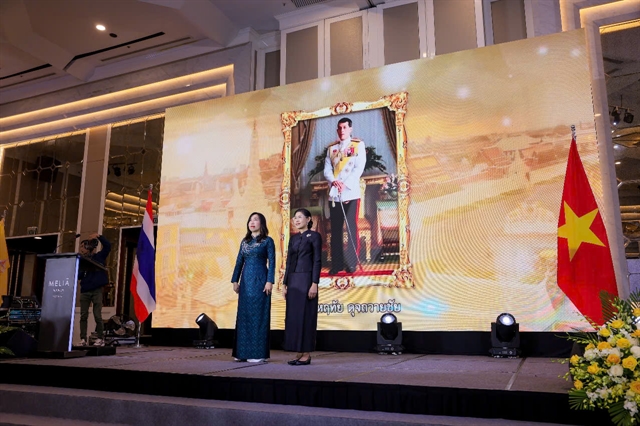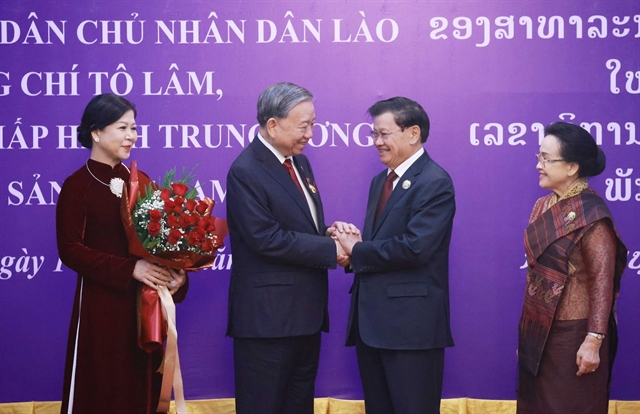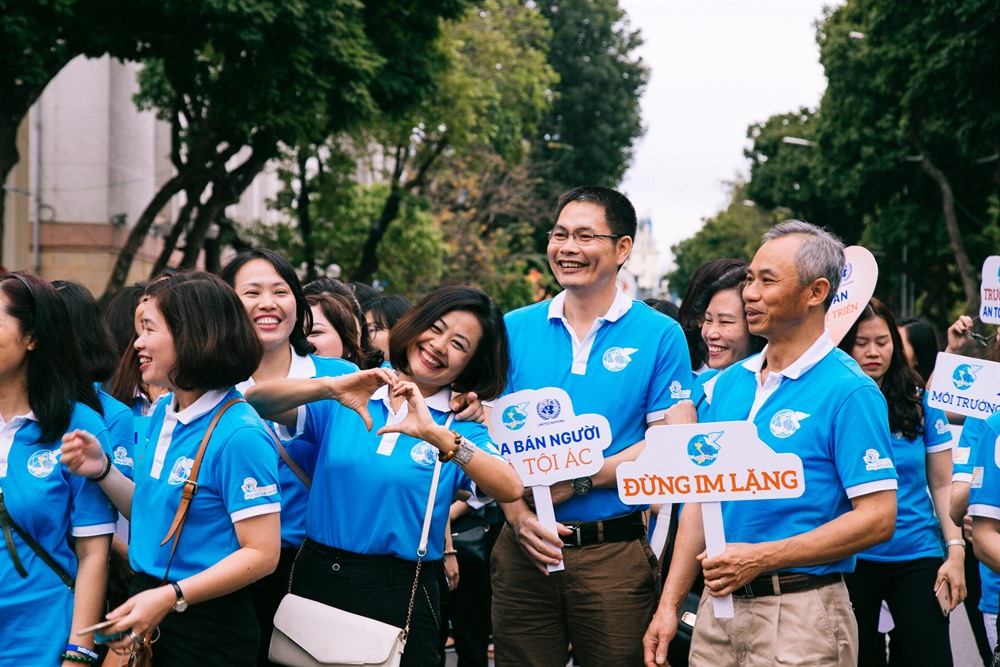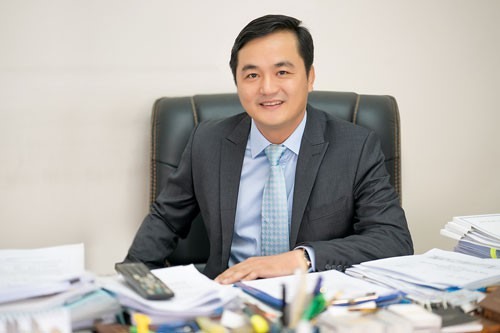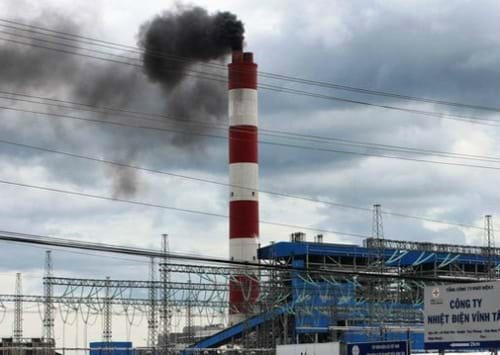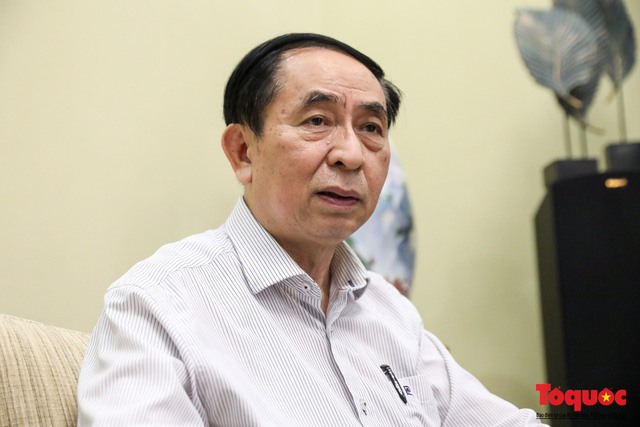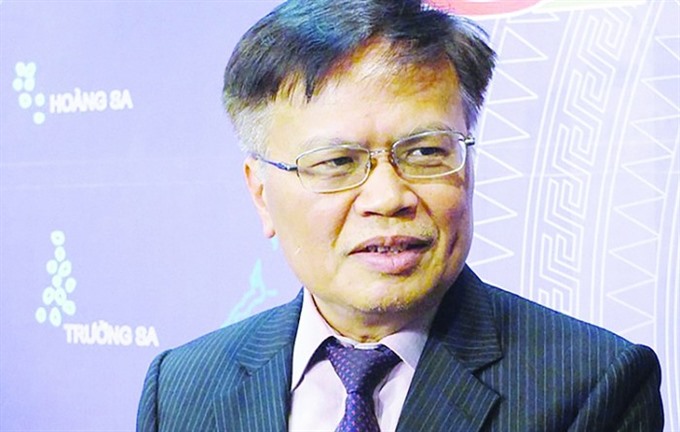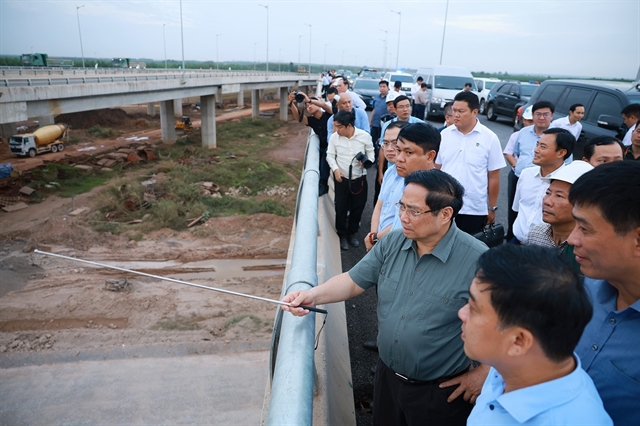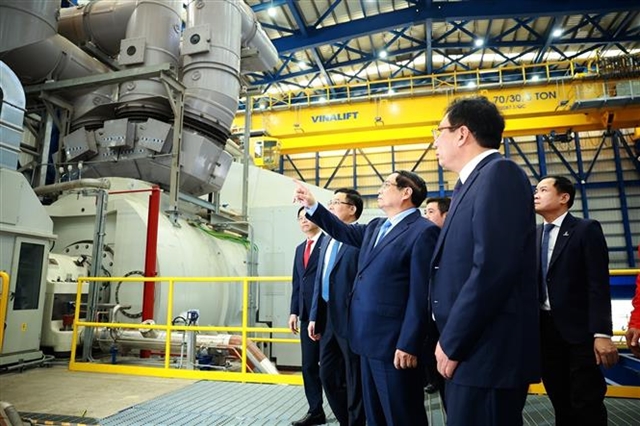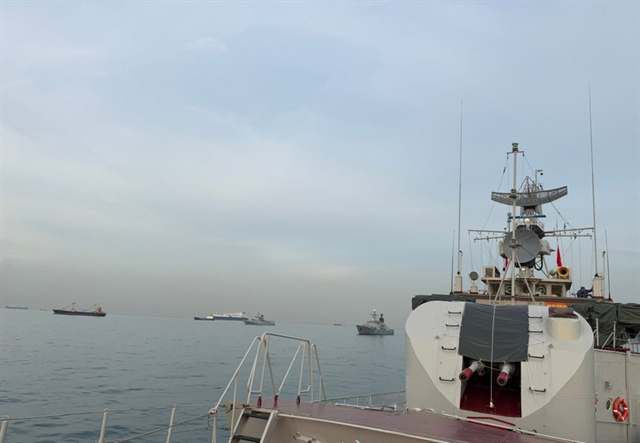
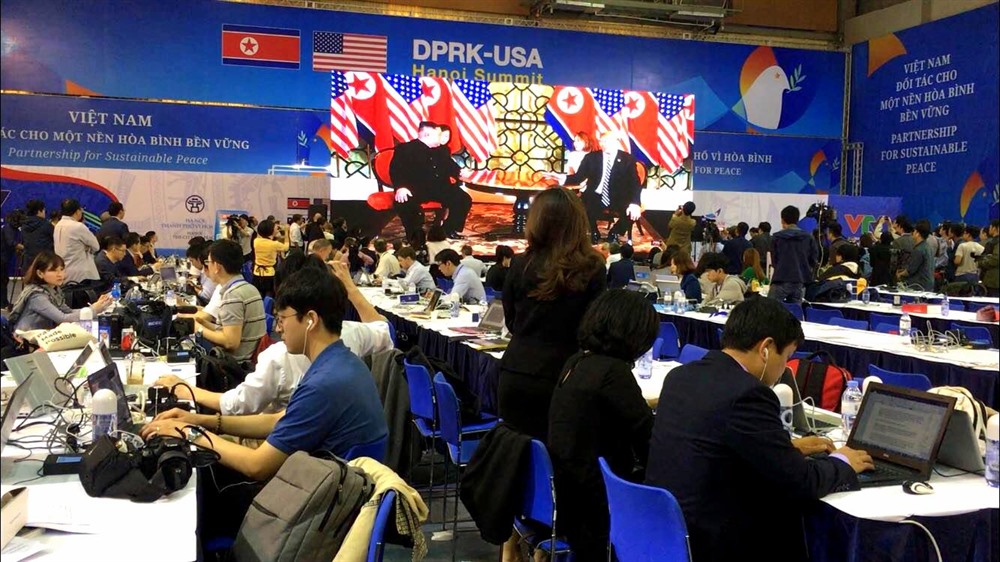 |
| Reporters from news agencies all over the world work at the International Media Centre on Trần Hưng Đạo Street, Hà Nội, during the DPRK-USA Summit. — VNS Photo Thu Vân |
Spokesperson for the Ministry of Foreign Affairs and head of the ministry’s Information and Press Department Lê Thị Thu Hằng speaks to Thế Giới & Việt Nam (The World & Vietnam Report) newspaper on Việt Nam’s efforts to provide the best conditions for thousands of reporters descending on Việt Nam for the highly anticipated summit between North Korean leader Kim Jong Un and US President Donald Trump.
What factors contributed to the successful hosting of the press before and during the summit between the Democratic People’s Republic of Korea (DPRK) and the United States, given that we had only 10 days to prepare?
This is the first event for which we had such a short time to prepare. For other international events held in Việt Nam, we had years of planning and focused preparations in the last few months, but with the DPRK-USA Summit, all we had was 10 days.
The summit also marked other records for the media: the shortest time for preparations, the most foreign reporters in Việt Nam at the same time, an international media centre set up in the shortest span of time and one that enjoyed the most modern telecommunication equipment.
It’s reasonable to say that we have turned our position from ‘passive’ to ‘proactive’. The ‘passive’ part was because this summit was not initiated by Việt Nam, we merely played the host and provided support for both countries’ delegations in terms of security, logistics, equipment and media. The ‘proactive’ part was shown in our making a website for Vietnamese and foreign reporters to register their participation, as well as other information needed for their trip to Việt Nam. We also made the decisions regarding the media centre. Many reporters said Việt Nam’s preparations, media-wise, exceeded all their expectations.
This success was owed not in small part to the involvement from the highest leaders of Vietnam to every member of the foreign ministry and Hà Nội City.
Prime Minister Nguyễn Xuân Phúc himself came to inspect the media centre four times and paid attention to every little detail.
Effective collaboration between all concerned agencies also contributed to the work. I felt that everyone was doing their part tirelessly and with a great sense of duty and responsibility.
The DPRK-USA summit was a one-of-a-kind event and there were bound to be unexpected issues. How did we handle them?
In this summit, every item on the agenda and schedule of the meetings were decided between the DPRK and the US, which was really different from the likes of the ASEAN summit, APEC summit or WEF ASEAN meeting that we have held before.
For the two-day summit, as the host country, we have done everything we could to accommodate the requests of both sides.
For example, the North Korean foreign minister Ri Yong Ho called a surprise press briefing in the middle of the night (February 28, Hà Nội time), hours after the summit concluded. We carried out all the tasks in an efficient and speedy manner, with smooth co-operation between the foreign ministry and the public security ministry, and within just half an hour, the presser was held in accordance with the DPRK’s requests regarding the participants and security for the event.
Or the press conference held by US President Donald Trump after the summit ended, which took place two hours ahead of the original timetable, we only had a few hours to notify the press, receive registrations, issue media cards and arrange for 120 reporters to travel from the International Media Centre to the J.W. Marriott Hotel some 7km away, where the press conference was held. The police were also involved and officers quickly cleared the route for the media delegation to get to their destination safely and on time.
Tight co-operation between all concerned agencies and a sense of urgency and responsibility in the discharge of duties is the key for us to handle all unexpected developments.
The summit was a high-profile meeting that drew huge global attention. How has Việt Nam capitalised on this chance to promote the country’s image?
With nearly 2,600 reporters and journalists from 218 foreign news agencies, including the most reputable in the region and the world, the summit was a golden opportunity for us to showcase the country and the people of Việt Nam, our achievements on socio-economic and cultural fronts, and highlight Việt Nam as a safe and friendly destination for all tourists, foreign investors and businesses.
In providing the best working conditions for the reporters, including facilitating their use of open door or rooftop studios, the beautiful landscapes of Hà Nội have been brought to the forefront of top watched programmes on big names in the news industry like CNN, CNBC, ABC in the US, NHK of Japan, or KBS of South Korea.
Within the media centre, there was also a space dedicated to a photo gallery on Việt Nam’s most prized attractions and cultural heritages of the country. The Việt Nam National Administration for Tourism in collaboration with Vietnamese tourism agencies, hotels and airlines in the country organised free tours for reporters to popular destinations like Hạ Long Bay, Tràng An, Phú Quốc or Hội An.
Hà Nội has also held several promotion campaigns such as waiving fees for reporters, in addition to offering local specialties. Some of the most famous restaurants in the city like Phở Thìn, Mrs. Ẩm’s bún thang, Miss Lan’s bánh khúc set up stalls within the media centre to serve foreign reporters. Hà Nội’s cuisine earned itself global fame thanks to the numerous articles and documentaries made.
As per my own assessment, we have successfully seized this chance and mobilised all resources to effectively promote the images of Hà Nội and Việt Nam to a global audience.
In our estimates, 20,000 articles on the summit were made in both Vietnamese and foreign media.
What lesson do you think we have learnt after this summit, to prepare for external information work at future high-level events?
There’s always something valuable to be gained after organising such an important event.
First of all, I think that the motto of “dĩ bất biến, ứng vạn biến” (coping with changes through flexible actions based on a fixed principle) has proven true in this case.
Second, the swift and close co-operation between all concerned agencies, to cut through otherwise burdensome administrative procedures at different localities and State agencies worked well.
It should be noted that at every event, we should ensure a balance between internal and external communication.
On one hand, we draw attention of the world’s press and international public opinion, and strive to advertise the country’s potentials. On the domestic front, we need to mobilise co-operation and support from society and every citizen. The role of the Vietnamese people could not be discounted in the successful organisation of the summit: Hanoians kept the streets clean, maintained calm and patience – sometimes for hours - during traffic blocks as motorcades carrying the two leaders passed through. Several large enterprises have contributed towards free services, free food and gifts to the reporters.
I can say that through this summit, we have managed to stoke up in every Vietnamese a strong sense of patriotism and responsibility for the country’s important affairs. — VNS
